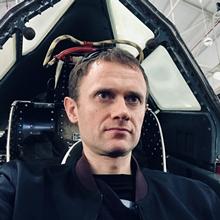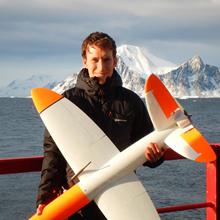Unmanned air systems for effective earth science and environmental surveillance
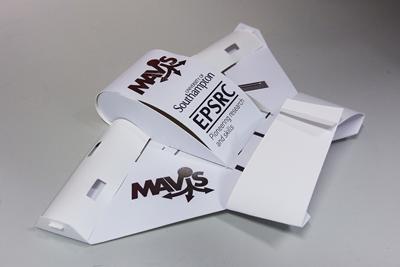
Summary: Our research is making unmanned air vehicles more cost-efficient and effective in observing the physical parameters of the environment, from urban areas to the Arctic.
Status: Ongoing
Key staff: Dr András Sóbester, Professor James P Scanlan, Dr Mario Ferraro, Dr Mehmet Ali Erbil, Mr Andrew Lock

The UK leads many areas of drone technology and [project MAVIS] is another example of that.
Explore this case study:
The challenge
A common feature of effective Earth science, disaster response and eco-system management is a reliance on accurate and up-to-date observational environmental data.
This requirement stretches across massive spatial scales, from cities to the Arctic, and from the sea floor to the stratosphere. It also covers a wide spectrum of physical variables that need observing, such as temperature, pressure, aerosol concentration, ocean salinity and imagery.
This data is needed at high resolution, across large spaces, at low cost, promptly and without making a significant environmental impact. These competing needs usually result in a solution which improves one or two at the expense of the others. Our challenge is to design systems to meet all these needs without compromise.
What we did
There is an increasingly broad range of general purpose unmanned air vehicles, but challenging environmental surveillance missions often require entirely new, bespoke design concepts and new concepts of unmanned air systems operations.
University of Southampton researchers from the Department of Aeronautics and Astronautics have taken a fresh, systems level look at how best to employ new manufacturing techniques and innovative observational tools to develop the next generation of unmanned environmental surveillance systems.
Our impact
Supported by the EPSRC and NERC, as well as industry, we have developed and tested three novel autonomous air systems concepts.
Project MAVIS (Massive Atmopsheric Volume Instrumentation System) resulted in a family of biodegradable paper sensorcraft for large scale atmospheric mapping. These paper aeroplanes weigh a few grams and are equipped with sensors and miniature radios which transmits readings to a base station as they descend through the observed block of airspace. We used conductive inkjet printing (CIP), a key technology allowing our team to print electronics directly onto the surface of each aeroplane.
The facilities we used
We used the following facilities within the University - Autonomous Aircraft Field Operations Support Vehicles
Find out more about the Engineering and Environment Faculty's many world class facilities.
Partners we worked with
We worked with ecoSUB Robotics Ltd on this research.
Related media
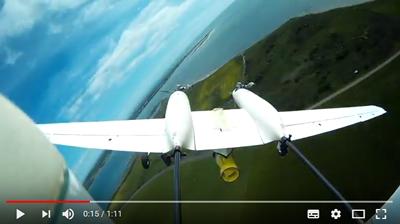
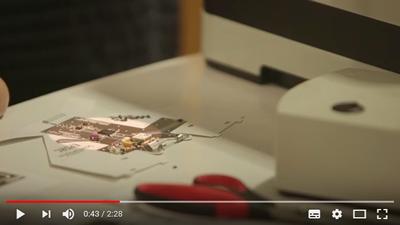
Related staff member
Related Staff Member
Related Staff Member
Related Staff Member
Links to external websites
The University cannot accept responsibility for external websites.
Other University of Southampton sites
You might also be interested in
Computational engineering and design group
Discover more about our research group, dedicated to carrying out multidisciplinary research using a range of analytical, computational and experimental techniques.
Other robotics and autonomous sytems case studies
Learn more about the research we are undertaking in these areas.
Postgraduate opportunities
Explore our postgraduate research degrees.
Media enquiries
Make a media enquiry about this case study
